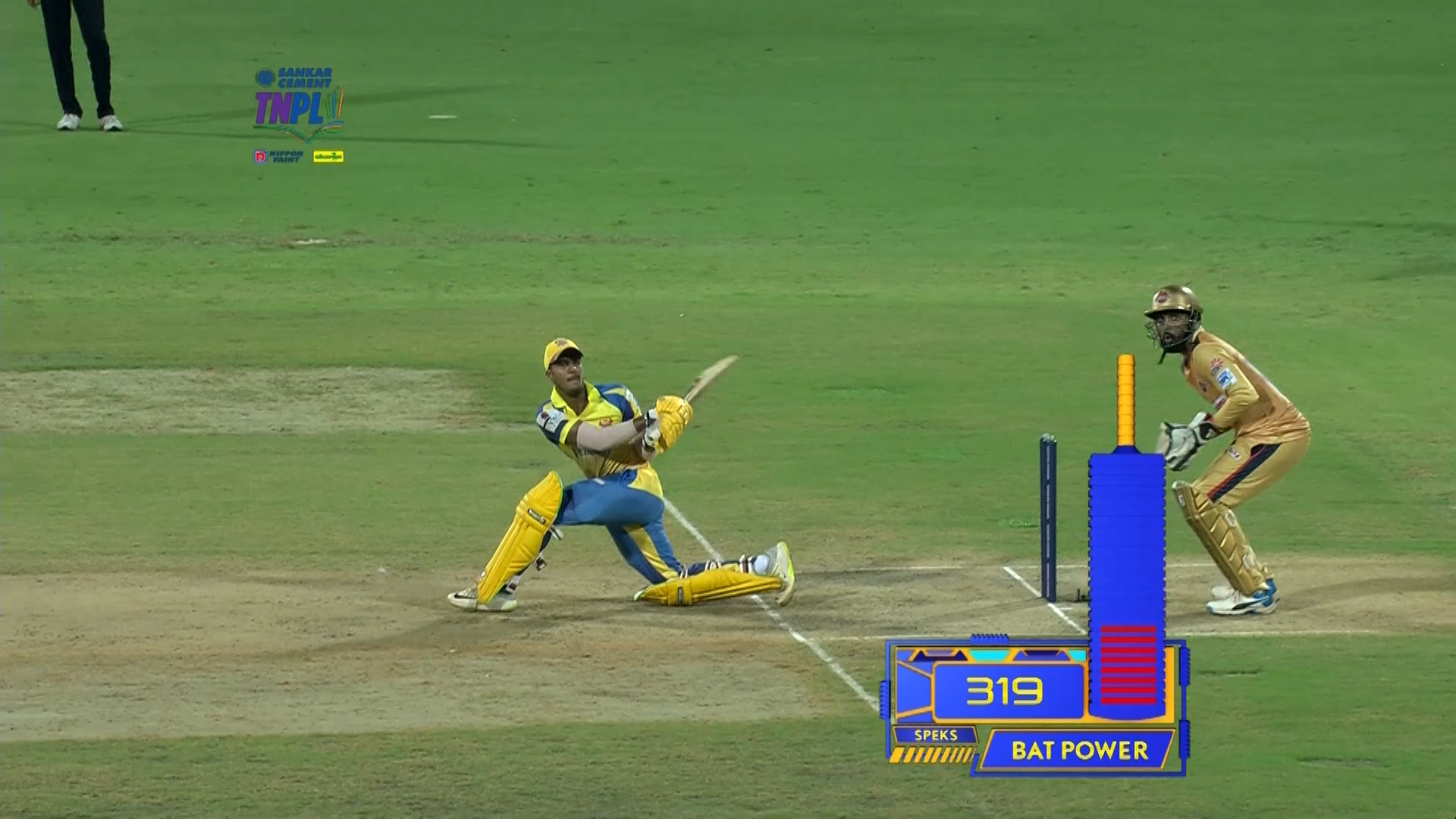
Technologies in Cricket for 21st Century Fans
The technological demands for Cricket in the 21st century are vastly different from that of the previous era. In the 20th century, the focus for tech companies was primarily on broadcasting and in enhancing the reach of the game - more countries, more players, more matches, more audience…
The first-ever radio commentary for cricket happened in 1922 in Australia, covering a domestic game at the Sydney Cricket Ground [1]. The television broadcasting of cricket happened in 1938, for the test match played at the Lord’s cricket ground between England and Australia [2] – the broadcast transmission happened from Alexandra Palace in North England and the signal was available only for 20 km range. The growth was exponential from thereon. Around 1.6 billion people were estimated to have watched the live coverage of ICC’s Men’s Cricket World Cup 2019 [3].
Trivia: The first one day international game was played in 1971 between England and Australia as an experiment to engage the audience, after the first 3 days of the test match were washed out due to rain. The audience loved the format and so the limited-overs came into play [4].
Today, cricket became one of the most watched sports in the world, only next to soccer. The technology focus for cricket in the 21st century has shifted towards enhancing the fan engagement of the game – enabling a better experience by making the game more credible, connected, and enjoyable for the audience.
Let us look at a few innovative technologies involved in enhancing the experience of the fan
Making the game more credible:
Credibility plays a key link in retaining the engagement of the fan. Any umpiring errors ,especially howlers, often undergo heavy criticism from both players and fans, in both physical and online mediums. Some can even change the complexion of the game completely. The Umpire Decision Review System (DRS), often used as a combination of technologies mentioned below, was brought to address some of the gaps in the real-time decision making of the umpires.
1) Snicko or Edge detection: Realtime Snicko (from BBG Sports) or UltraEdge (from Hawk-Eye innovations) works on the principle of sound frequencies to detect whether the ball touched the bat before being caught by the fielding team. It uses a sensitive stump microphone connected to an oscilloscope for sound wave measurement. The sound waves are then filtered for ambient noise, synchronized with video signals, and played along with the slow-mo video for the third umpire to make a call.

2) Hot Spot: The technology introduced by BBG sports to Cricket in the 2006 Ashes series uses 2 infrared cameras placed on opposite sides of the ground, near the sight screen, with a clear view of the batsman. When the ball hits any equipment of the batsman, it creates localized heat due to friction between the objects and the region is then displayed as a white spot on the infrared image. Based on the analysis of the infrared image, the third umpire makes a verdict - Out / Not Out!

3) Ball Tracking: Ball tracking by Hawk-eye innovations uses six cameras placed around the ground in specific locations to cover the entire trajectory of the ball – from the bowler’s hand to stop at intervals of every 1/100th of a second. The ball is identified in the images, its position from the ground is calculated through a triangulation method, and the images are then synchronized to create a 3D visualization with ball path prediction, to be used in the analysis by the umpires and viewers. Close LBW calls are better judged through Hawk-eye visualizations. The images from the camera are also used to present the ball pitchmap and wagon wheel information.

4) Smart Bails: LED bails were introduced to cricket by a company called Zing bails in 2013. The concept was designed to make the bails glow on being successfully dislodged from the stumps. The bails have a microprocessor that detects when the contact is lost between the stumps and the bails. The bails are powered by a low voltage battery that gets illuminated within 1/1000th of a second. Run-outs & stumpings are now analyzed quickly by the 3rd umpire, while the LED lights also provide an element of fun to the viewers, especially during games played during the night. With advanced cameras and availability of stump LEDs, there is also a growing debate on the necessity of bails in the game.
Making the game more connected and enjoyable:
1) Birds-eye view: Spidercam designed by a company called Spidercam GmbH uses cameras that can move in all the 3 axes – horizontal, vertical, and in the rotary axis. It allows for a birds-eye view of the game and in angles that were never witnessed through regular broadcasting cameras. The camera is suspended from an array of Kevlar cables operated through motorized winches positioned in four roof corners of the stadium. A Spidercam pilot operates the camera through a software and the commands to-and-fro are communicated to the camera through fibre optic cable attached along with the Kevlar cables. With Spidercam, even the normal routines like bowler's run-up, batsman taking guard, fielders aligning to the positions, etc. are spiced-up for audience viewing & commentary discussions.

2) Flying Cameras: Drone camera by the company Batcam was used in the ICC Men’s World Cup 2019. These cameras had 360 degree viewing angle and was used to capture shots from near ground level to skyline view. The camera was remotely controlled and equipped with automatic collision avoidance systems.

3) Player & Game Graphics: 3D graphics and animations have added fun quotient to the way data can be analyzed and presented to the audiences. There are quite a handful of companies that operate in both the analytics and graphic space. 3D player models presented during the game and during post-match commentaries provide interesting ways to visualize the skill, tactics, and performance of the players and teams.

4) Power Shot Analysis: PowerBat technology, by Spektacom, provides real time feedback on the batting performance, including data on bat speed, impact location, twist, launch angle, and the power behind every shot. It uses ultra-lightweight unobtrusive sensors, placed behind the bat, to compute the batting metrics using machine learning algorithms, which are then shared in real-time for broadcasting - the audience can now understand the science behind power hitting.

References:
1. https://timesofindia.indiatimes.com/Which-was-the-first-cricket-match-broadcast-on-the-radio/articleshow/7797208.cms
2. https://www.espncricinfo.com/story/_/id/22571917/first-television-broadcast
3. https://www.icc-cricket.com/media-releases/1346930
4. https://en.wikipedia.org/wiki/One_Day_International


Comments